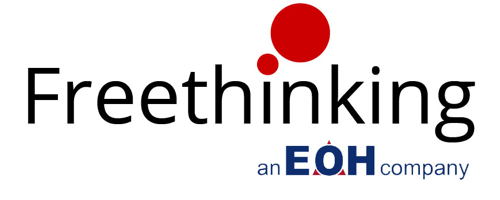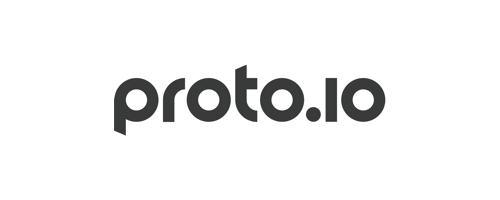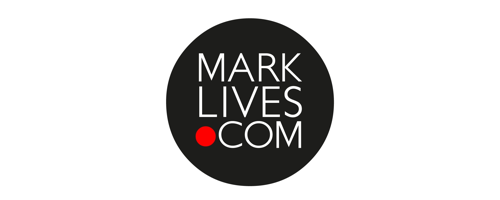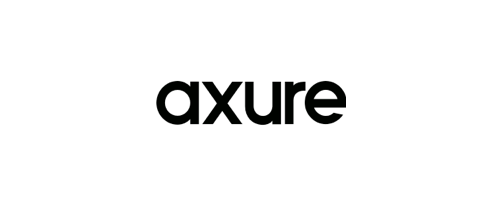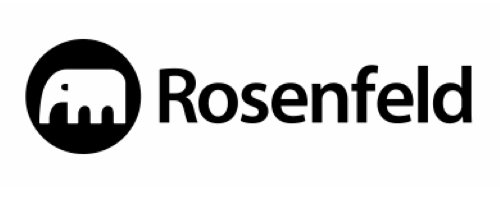In a recent blog post, Farai touched on the importance of your boss understanding design. In my own experience, I’ve found that most of the stakeholders I have worked with have little understanding of what ‘design’ constitutes.
“It’s interesting: when we really started to pursue design thinking four years ago, one of the biggest hurdles was that people tend to think of design as being about aesthetic qualities—colors, pixels, fonts, and the like. Absolutely, the aesthetic appearance of products is important, but design as a ‘big D’ word means more than that.”
— Catherine Courage, the senior vice president of Citrix (via McKinsey and Company)
In my work, I feel a responsibility to educate stakeholders about the transformative nature of design. Rather than putting together a workshop for my boss, I ensure that I use design thinking techniques in all of the projects I am involved in. I constantly feedback to stakeholders and show them the progress I am making, while emphasising the importance of design in the process.
Design thinking has been around for a while and has become a fully fledged approach to innovation within leading organisations. IDEO, the award winning design firm, defines design thinking as: “a human-centered approach to innovation that draws from the designer’s toolkit to integrate the needs of people, the possibilities of technology, and the requirements for business success”. I see design thinking as a way to disrupt the status quo; it is participatory design that ultimately solves business problems by tapping into empathy.
I find that the easiest way to explain the approach is by drawing on success stories that people are familiar with. Although most business stakeholders in South Africa have yet to hear of design thinking, they have most certainly heard of start-up successes such as Uber and Airbnb. These are companies that my peers, colleagues and bosses mention regularly when discussing innovation. And unsurprisingly these companies have disrupted their markets using design thinking.
Used well, design thinking solves complex and even wicked problems. Rather than providing ‘steps to success’, the approach uses a ‘toolkit’ that allows each company to navigate through complex challenges according to their needs, technological requirements and their users. The process begins with a business empathising with their user. This research can manifest in various ways, but the result is the same: to understand the motivations, emotions, behaviours and external factors that shape a user’s experience. In their recent Medium post, Uber let us in on the onsite research methods that they use to gain an understanding of the pain points both drivers and customers experience on an Uber trip. Through extensive field research, they are able to distinguish patterns in customer journeys. Uber research goes beyond talking to customers and providers about their experiences, they gain insight from observing these experiences.
Define
Empathetic insights are great, however it’s up to an organisation to utilise all their data adequately to define problems worth solving. This sounds cliche but I usually don’t see gaps as issues or problems, I see them as opportunities for improvement, and this is what design thinking is all about. In this article, we see how Airbnb used design thinking to define where the gaps where in their offering. As coders, the founders of airbnb were used to solving complex problems through development and code. However, in 2009 Airbnb was on the brink of bankruptcy and they ultimately had to pinpoint their main challenges fast. Through engaging in user behaviour, they realised that their main downfall was allowing hosts to upload poor quality images of apartments. As simple as it sounds, the founders went beyond the code and defined what their main problem was on a human level. This key moment propelled the start-up to global success.
Ideate
Ideation in design thinking allows an organisation to push the limit in terms of problem solving. The great thing about this kind of thinking is that there are no limits to what a solution may be. Although your team may ultimately decide against a specific idea- that does not mean that potential solutions can not be thrown around. The only limit is how far your team can think. Airbnb is a great example of this. Once the founders had realised that the imagery on certain hosts’ profiles were poor, they had to come up with a way to fix this. They tried flying to New York, taking professional shots of their hosts’ pads and make hosts’ profile pages beautiful. In the end this solution was not scalable but they saw this as a way to connect with their customers on a smaller scale. As you can imagine, the challenges AirBnb face now are solved using much larger budgets on a global scale. However they still define their challenges through user insight and attribute their success to design thinking methodologies.
Prototype
Once your team has defined opportunities and come up with solution-based ideas, you need to know that your solution solves the customer’s problem. However, product or service creation is expensive, cost intensive and getting a minimum viable product out there may take more resources than you have. That’s where prototyping comes in. Prototyping comes in different forms and can be as low scale as presenting paper mock-ups of a product or as high scale as creating the exact brick-and-mortar representation of a possible architectural space. It all depends on the phase of a product’s development, the resources your team has access to, as well as exactly what feedback you require. Prototyping is essential, it gives you early feedback and reassurance that your solution actually works. Airbnb uses Invision, a prototyping tool that allows their teams to mock up high-functioning prototypes without code and get feedback from their customers before a project goes live.
Test
Prototypes and testing go hand-in-hand. The earlier you can see what works for a user, the earlier you can start creating life-changing solutions. Airbnb have enough resources to test beta projects in their entirety before they go live. However, some projects can only allow for guerilla testing due to time and budget constraints. In my experience, testing is always beneficial, no matter how informal or low budget.
I have touched on the use of the design thinking approach in product development- however this approach has been used for disruption and improvement in education, organisational structures and healthcare to name a few. My hope is that the use of this approach gains popularity, specifically in South African organisations and solidifies that design is so much more than pixels and colour. Design is a way of thinking. So yes, in short, your boss should learn how to design. And yes, going to a conference focused on innovative design is beneficial for an organisation. Just ask Uber or Airbnb.

